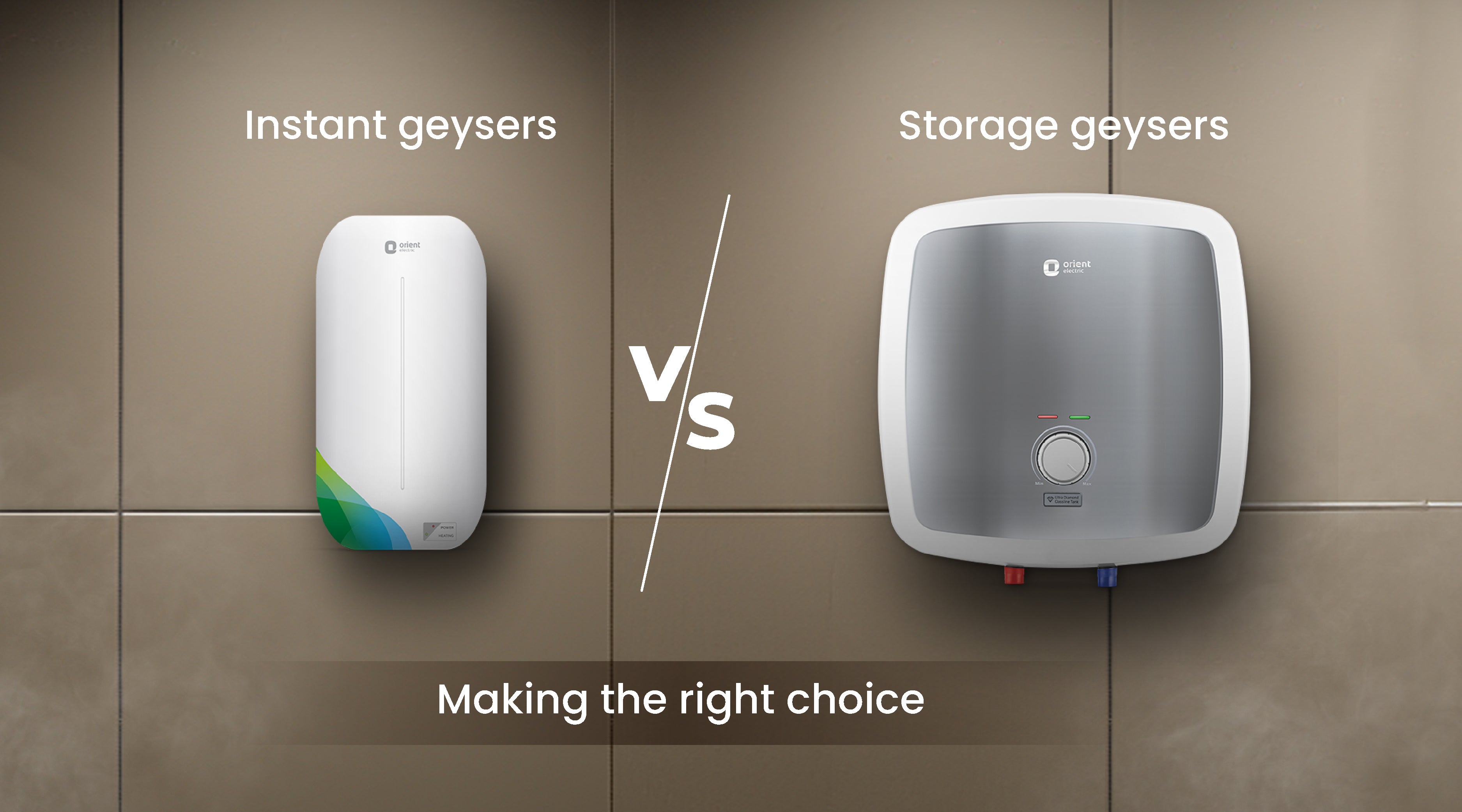How to Select the Right Geyser to Maximize Energy Effectiveness in Your Home
Choosing an energy-efficient geyser is not as simple as it seems, needing cautious analysis of various aspects. From comprehending the different sorts of geysers, to assessing their power efficiency ratings and considering positioning approach, each choice plays a crucial role in making the most of performance. Stabilizing the first financial investment with long-lasting cost savings is also vital. Let's start this journey to uncover exactly how to make the most educated option for a geyser that will lower your energy expenses while guaranteeing optimal efficiency.

Understanding the Various Sorts Of Geyser
While there are various types of geysers offered on the market, comprehending the distinctions in between them is critical for energy effectiveness (geyser sizes). The initial kind, storage geysers, are the most typical and store warm water in a tank for usage when needed. They are offered in various capabilities and are normally energy-efficient, but they can shed heat when not being used
The second kind is the tankless geyser, which warms water on demand, resulting in much less power waste but requiring a higher first power draw. Finally, there are heatpump geysers that utilize electricity to move heat from one area to another instead of producing warm directly. They can be 2 to 3 times extra power reliable than traditional storage space geysers. Solar hot springs utilize solar power to heat up the water, making them the most energy-efficient however also the most expensive.
Evaluating Your Home's Warm water Demands
Before diving into the acquisition of a geyser, it is crucial to evaluate the warm water demands of your household. This evaluation should consider many factors including the variety of house participants, regularity of warm water usage, and the number of warm water electrical outlets in the home (geyser sizes). A little family members with seldom warm water usage might require a smaller, much less effective geyser compared to a bigger family with multiple daily warm water demands
The kind of devices that need warm water also play a substantial role. Dish washers and washing equipments, for instance, may require even more warm water than a basic shower or kitchen area sink. Specific activities such as bathing or cleansing likewise affect the frequency and volume of hot water required.
Reviewing Energy Effectiveness Scores of Geyser
Having evaluated the warm water requirements of your family, it's essential to transform your interest to the power effectiveness scores of geysers. These rankings, normally provided as Power Factor (EF), suggest a hot spring's overall energy performance based upon the amount of hot water generated each of fuel taken in over a typical day. The greater the EF, the much more efficient the hot water heater.

Factors To Consider in Geyser Dimension and Positioning
Beyond energy efficiency scores, the dimension and placement of your geyser are essential components to consider. The dimension of the geyser ought to straighten with your family's warm water needs. A small geyser might utilize much less energy yet may not visit offer enough warm water for multiple uses at the very same time, whereas a bigger system can fulfill better demand however might consume more power.
Hot springs should be set up close to factors of use to lessen warm loss during water transport. Additionally, taking into consideration thermal insulation, a hot spring situated in a warmer area sheds much less warm and consequently utilizes less energy to keep the water temperature level.
Expense Analysis: Stabilizing First Financial Investment and Long-Term Cost Savings
While size and placement unquestionably play considerable roles in a geyser's energy effectiveness, one must not overlook the economic element. When thinking about the initial financial investment, the rate of energy-efficient hot springs can be more than typical models. However, the increased in advance expense can be balanced out by long-lasting power cost savings, making it a rewarding financial investment in the future.
Assessing long-term cost savings calls for an understanding of the geyser's power ranking. A home appliance with a greater ranking will eat less power, translating to lower utility bills with time. Furthermore, federal government rewards and refunds for energy-efficient appliances can additionally help recover first costs.
Lastly, maintenance investigate this site and life expectancy should be factored in. Energy-efficient hot springs often have longer life-spans and reduced upkeep expenses, adding to total financial savings. As a result, when balancing initial investment and lasting financial savings, one need to think about not only the acquisition rate yet also energy usage, federal government rewards, and upkeep expenses.

Conclusion
Picking an energy-efficient geyser needs careful factor to consider of various factors. These include understanding the kinds of hot springs, assessing your house's warm water demands, reviewing power effectiveness ratings, and calculating cost advantages. The best geyser dimension, positioning, and insulation can dramatically minimize power bills and ecological impact. As a result, making a well-informed selection can cause considerable long-lasting savings, making it a worthwhile financial investment for your home.